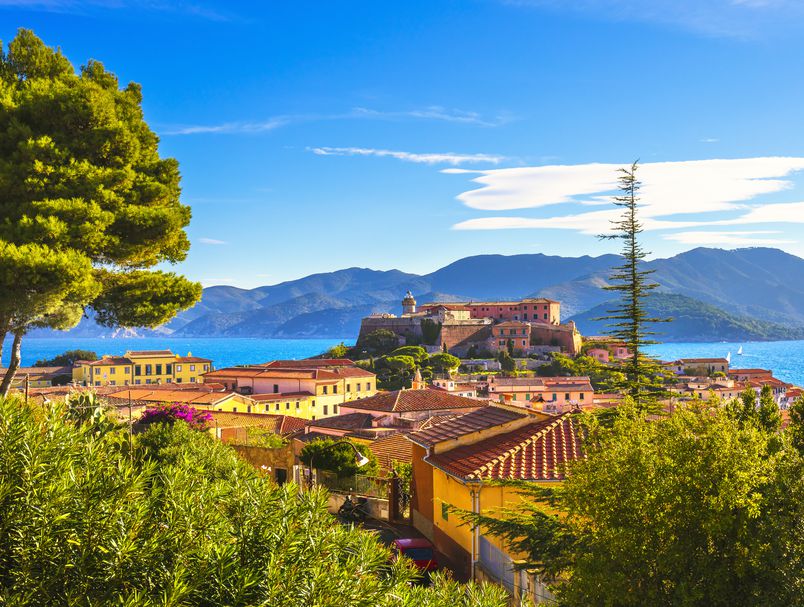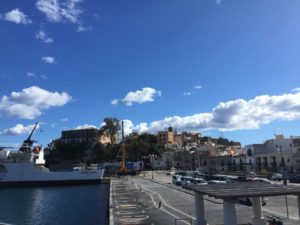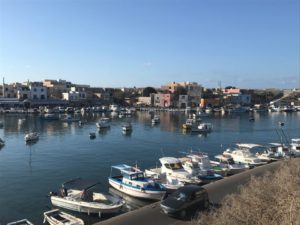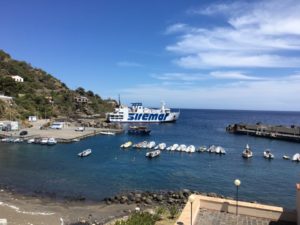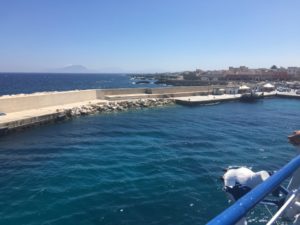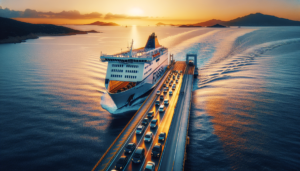What to do on Elba
The main attraction of the island of Elba is of course the sea. Less known is the presence of mountains, spas, archaeological areas and historic villas. Once disembarked, probably in Portoferraio, where there is the most operational port (but to reach the island of Elba there are also the ports of Cavo and Rio Marina) you will inevitably be moved, in summer, by the desire to go immediately at the beach. At this point, you can let yourself be led by instinct or even plan alternative routes, especially in low and mid season.
1) Visit the Fortezze Medicee of Portoferraio
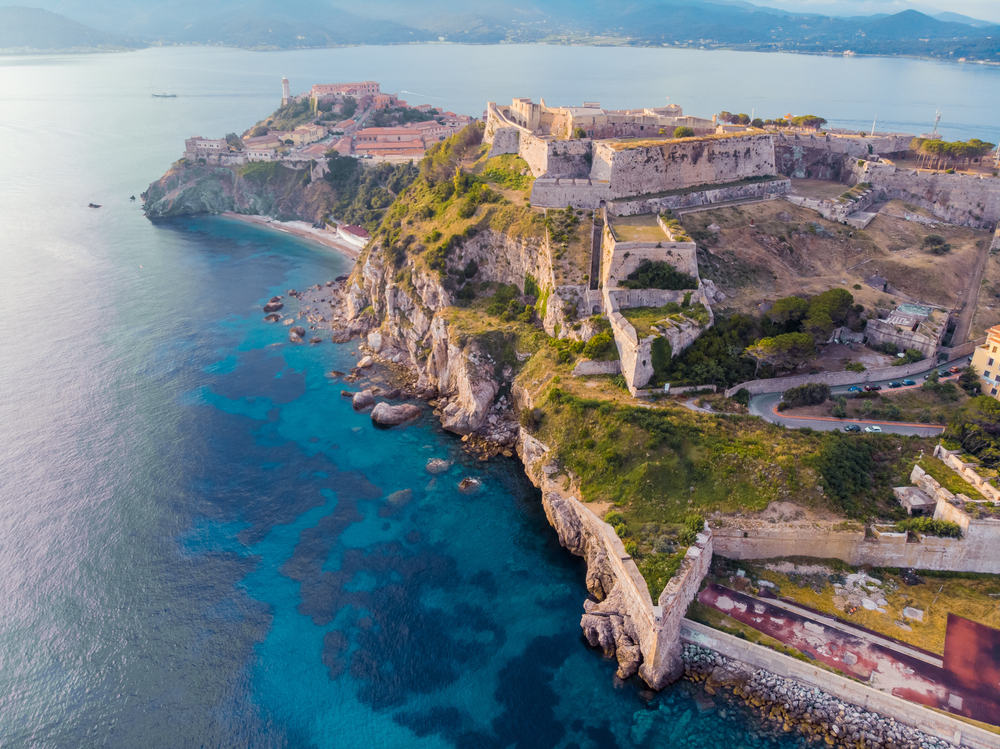
Although the town of Portoferraio (the capital of the Island of Elba) boasts much more ancient origins, it was Cosimo de’ Medici who structured the city in 1548, when he built the fortifications of Cosmopoli, designed to resist pirate raids and enemies. These are strategic and impregnable military architectures that have effectively protected the city even from the attacks of fearsome pirates. The Medici Fortresses are accessible, with a ticket, from Via Guerrazzi, in the historic center of Portoferraio.
2) Go to the beach
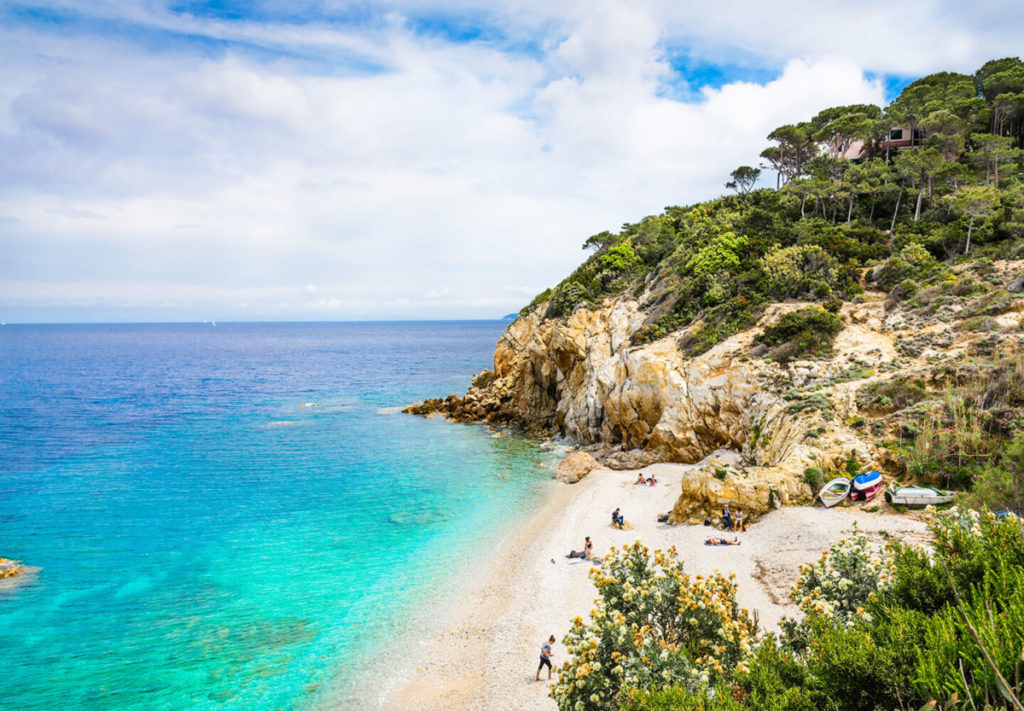
Going to the beach is certainly the first thing that comes to mind when you think of Elba, and not without reason: on the island there are in fact 86 beaches accessible by land, which become more than a hundred including those accessible only by sea. If you are not here in summer, you can always take a relaxing walk by the sea, especially along sandy beaches such as those of Biodola, Spartaia, Cotoncello, Fetovaia, Cavoli, Marina di Campo, Lacona, and others. In high season, then, this is definitely the activity to be placed at the top of the list.
3) Go to see the Roman Villa delle Grotte
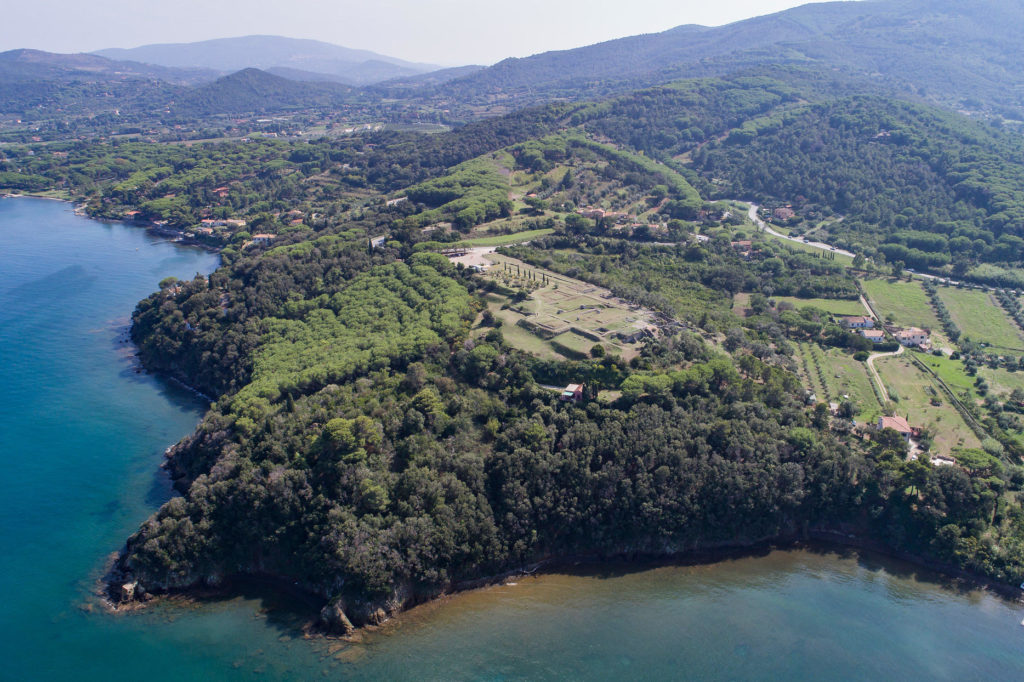
The archaeological area of the Roman Villa delle Grotte is an open-air museum: the remains of the domus of the Augustan period include, in addition to the residential areas, also gardens, thermal buildings and a cistern. The name of the villa derives from the particular vaults that looked like caves. From here it is possible to enjoy spectacular panoramic views over the Gulf of Portoferraio. If you arrive at the archaeological site by bus, you can take advantage of a 50% reduction on the entrance ticket.
4) Enter the Villa of San Martino
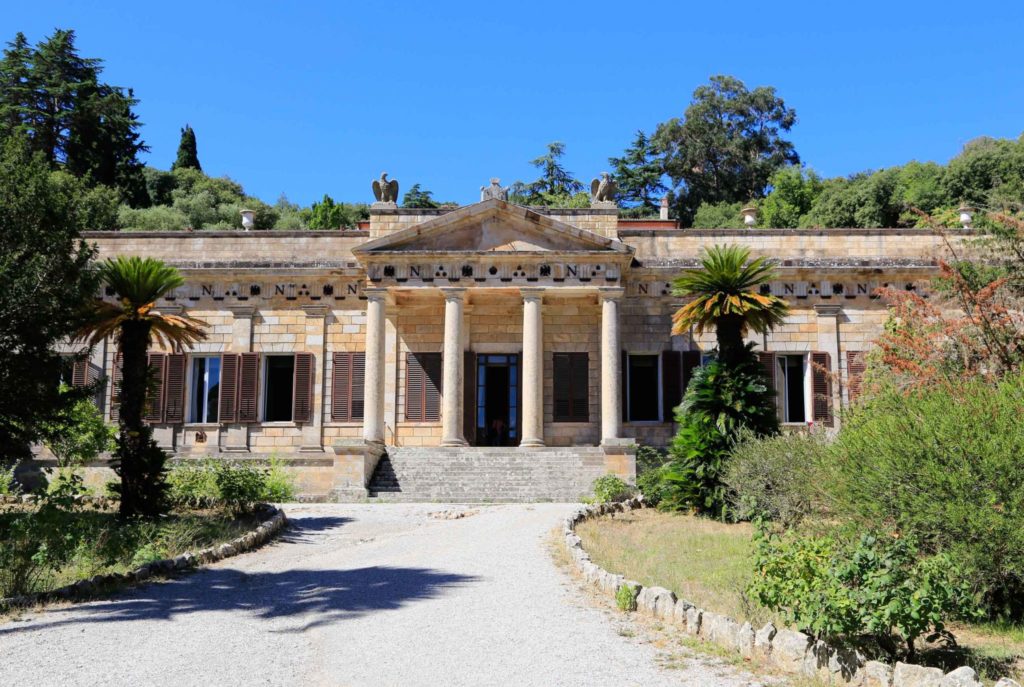
Napoleon Bonaparte was exiled on the island of Elba on May 3, 1814, until his escape on February 26, 1815. His two houses are now the Museums of the Napoleonic Residences: Villa dei Mulini, in the historic center of Portoferraio, and Villa San Martino , larger, surrounded by greenery. The Russian prince Anatolio Demidoff, who had married Napoleon’s niece, enriched the structure with the construction of the Demidoff Gallery, a neoclassical architecture that precedes the villa; it houses and exhibits original Napoleonic relics such as weapons, engravings, lithographs and etchings.
5) Go to the spa
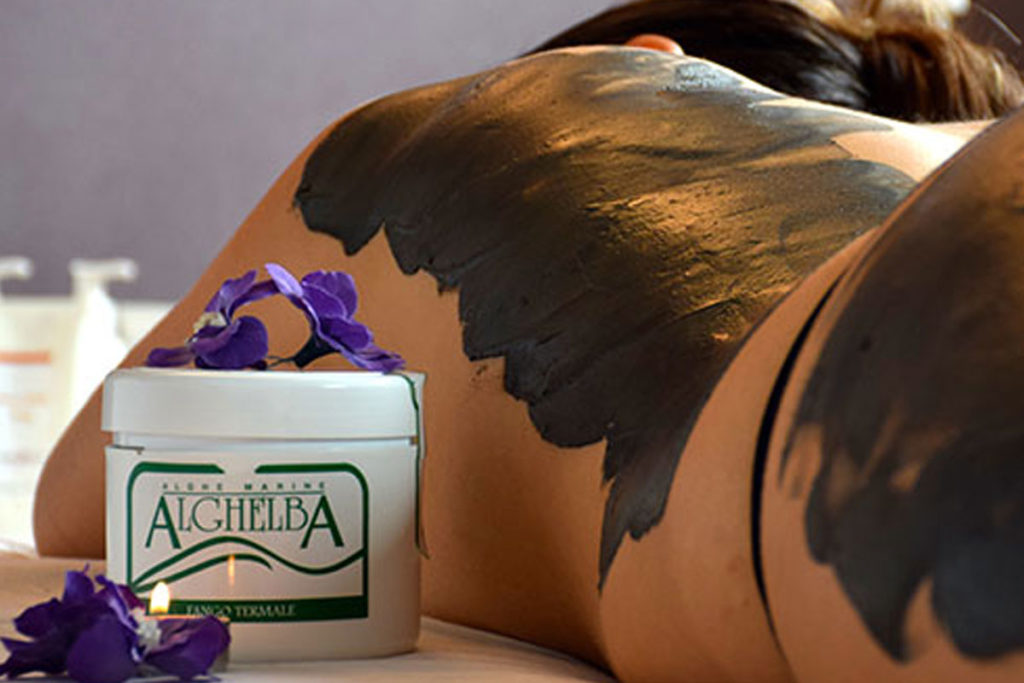
In the Gulf of Portoferraio, the San Giovanni thermal baths offer muds, baths, inhalation treatments, whirlpools, massages and beauty treatments, thalassotherapy. In the Thermarium wellness center, there are Finnish sauna, Turkish bath, hydromassage pool, emotional shower, relaxation area. Salso-iodine water, mud, algae and marine plants are taken from the basin of the Elba Island Thermae.
6) Explore the archaeological area of Linguella
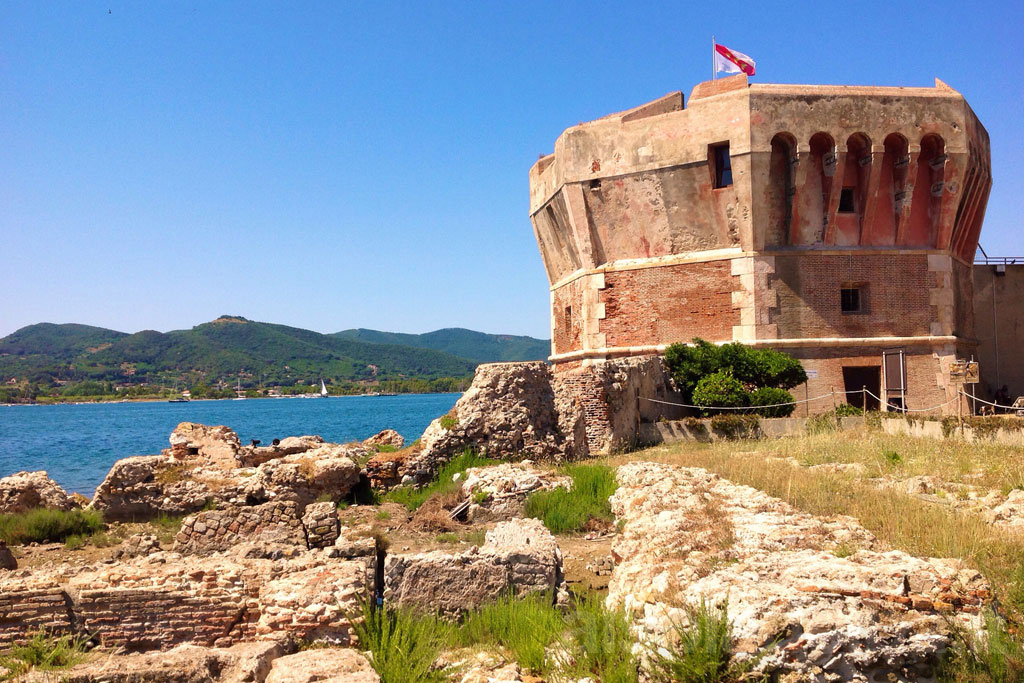
La Linguella is a small strip of land that closes the eastern side of the dock of Portoferraio, at the end of which is the Roman Villa della Linguella, dating back to the 1st century BC. and, a short distance away, the Torre della Linguella, also called Torre del Martello, a fortress built by the Medici family on the remains of the Roman baths of the maritime villa. You can visit both the buildings and the Archaeological Civic Museum located inside the tower.
7) Go up to the Sanctuary of Monserrato
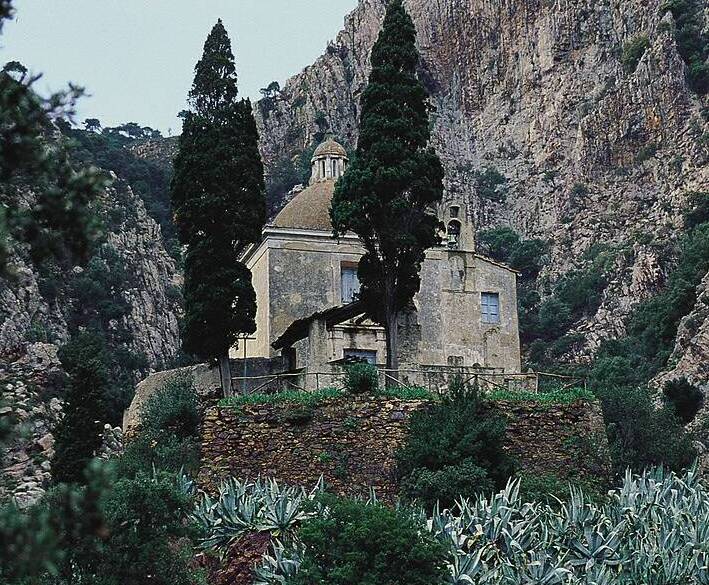
To visit the Sanctuary of Monserrato you have to go up to Monte Castello, about 200 meters high, covering about three kilometers from Porto Azzurro, the last of which is necessarily on foot. On a spur of rock overlooking the valley, the church houses a painting of the Black Madonna, a copy of that of the Nuestra Señora Morena of the sanctuary of Montserrat in Catalonia. The sanctuary was built in 1606 by the first Spanish governor of Longone, Don José Pons y León.
8) Explore the Mining Park
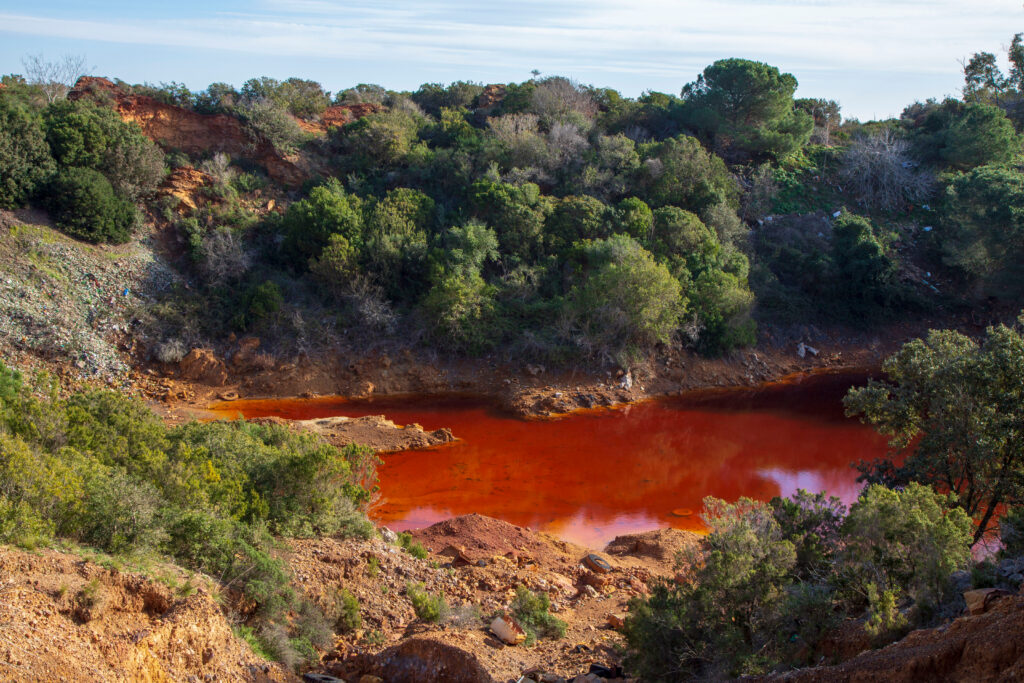
The eastern area of Elba is characterized by hematite deposits, which have represented for millennia (since the Etruscan era) one of the largest iron reserves in the Mediterranean. The Mining Park was created in 1991 to reconvert the areas of the deposits. In addition to the mining sites, which can be explored on foot, by bike, on the train or on a military off-road vehicle, you can visit the Museum of Minerals and Mining Art, located in the headquarters of the mine management, in the historic center of Rio Marina, and the Archaeological Museum of the Mining District, located in Rio Albano.
9) Go around the Sassi Ritti area
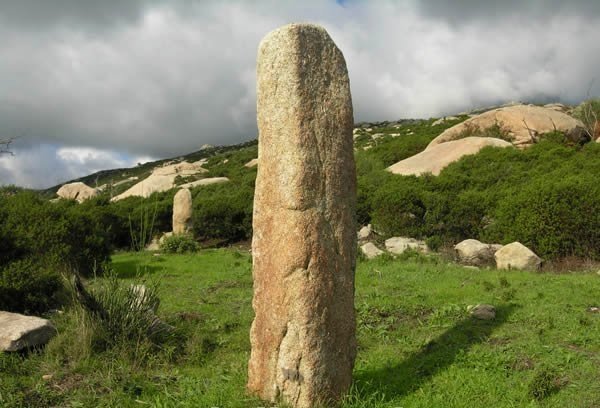
Near the town of San Piero, at 327 meters above sea level, four monolithic megaliths testify to the ancient cult of the sun in use by the populations who lived on Elba during the Neolithic. From the hill you can see the sea with the island of Montecristo and, nearby, in the locality of Le Macinelle, a goat and two stone huts built in the early 1900s for the production of cheeses. Not far away, there is the large Moncione Mill.
10) Take the cable car to Monte Capanne
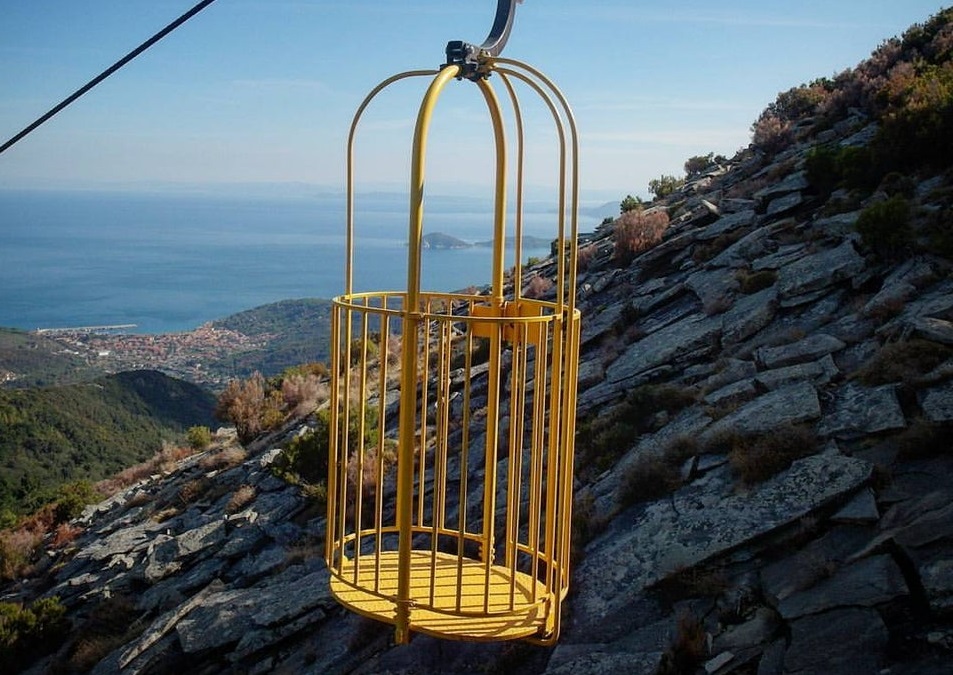
To climb to the highest peak of the island of Elba and of the whole province of Livorno, at a height of 1,019 meters above sea level, it is possible to take, in summer, the cableway from Marciana (precisely from the locality of Pozzatello) which it reaches up to 950 meters, after which you have to continue on foot along a path. Once at the top, with a little luck, you might be able to see a herd of mouflons and, on clear days, a great panorama that manages to include all the islands of the Tuscan Archipelago.

